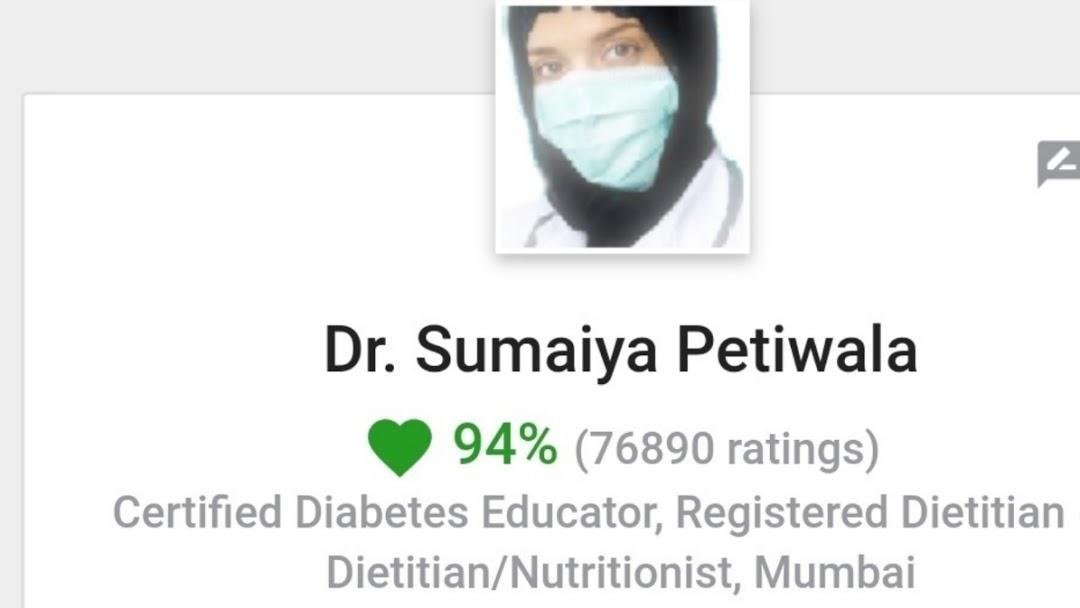Healthy bones form the foundation of a strong body. However, as we age or due to nutritional deficiencies, our bones can become weak—leading to conditions like osteoporosis and osteomalacia. While both these conditions affect the bones and may cause similar symptoms such as pain and fractures, they are not the same. Understanding the difference between them is crucial in choosing the right prevention and treatment strategy, especially when it comes to nutrition.
What Is Osteoporosis?
Osteoporosis is a condition where bones become thin, brittle, and porous due to a loss of bone density over time. It is most common among postmenopausal women and elderly individuals, but men are not immune either. The loss of bone mass occurs silently and progressively, and unfortunately, many people do not realize they have osteoporosis until they suffer a sudden fracture, often in the hip, spine, or wrist. This condition is mostly due to aging, hormonal changes (especially reduced estrogen), poor calcium intake, and a sedentary lifestyle.
What Is Osteomalacia?
Osteomalacia refers to the softening of bones caused by improper mineralization, primarily due to vitamin D deficiency. Unlike osteoporosis, which is about losing bone mass, osteomalacia means that the bones are not getting hardened properly in the first place. This condition can occur at any age but is more frequently seen in adults who have low sun exposure, chronic illnesses, kidney or liver disorders, or malabsorption syndromes. The bones become soft, leading to diffuse bone pain, muscle weakness, and difficulty walking.
Key Differences Between Osteoporosis and Osteomalacia
While both conditions cause bone-related symptoms, the underlying causes are very different. Osteoporosis is due to a loss of already formed bone tissue, whereas osteomalacia results from a defect in the bone-building process itself due to lack of essential nutrients like vitamin D and calcium.
Osteoporosis often progresses without symptoms until a fracture occurs, while osteomalacia usually causes aching bones, muscle fatigue, and a waddling gait. Diagnosing osteoporosis typically involves a DEXA scan to assess bone density. Osteomalacia is diagnosed through blood tests that show low vitamin D, calcium, and elevated alkaline phosphatase, along with X-ray findings.
Nutrients That Strengthen Bones
Whether managing osteoporosis or osteomalacia, nutrition is central to healing and prevention. Here are the key nutrients involved:
Vitamin D plays the most critical role. It helps the body absorb calcium efficiently. Without it, bones cannot harden properly. The best source is natural sunlight, but food sources like fortified dairy, mushrooms, egg yolk, and fish liver oils also help.
Calcium is the main structural component of bones. A diet rich in calcium from sources like milk, ragi (finger millet), sesame seeds, almonds, and green leafy vegetables is essential.
Phosphorus works along with calcium in the mineralization of bones. It is found in dairy, pulses, nuts, and whole grains.
Magnesium and zinc support bone metabolism and help in bone regeneration. Seeds, legumes, green vegetables, and whole grains are good sources.
Vitamin K2 helps in bone formation and mineralization. It is especially found in fermented foods and green leafy vegetables.
Protein is required for the formation of bone matrix. A diet that includes sufficient dal, pulses, dairy products, eggs, tofu, or lean meats supports this need.
Omega-3 fatty acids, found in walnuts, flaxseeds, chia seeds, and fatty fish, have also been shown to support bone density through their anti-inflammatory action.
Foods to Include in Your Diet
A bone-friendly diet should include:
Fresh dairy like milk, curd, and paneer
Calcium-rich millets such as ragi
Leafy greens including amaranth, methi, spinach, and drumstick leaves
Nuts and seeds like sesame, chia, and almonds
Fatty fish like sardines or salmon
Fortified cereals, soy milk.
Sun-dried mushrooms.
Protein-rich foods like legumes, dals, tofu, and lean meats.
Foods and Habits to Avoid
Some foods can negatively affect bone health and should be taken in moderation or avoided:
High-sodium foods like pickles and processed snacks can lead to calcium loss from bones
Excessive caffeine from coffee, tea, or cola can reduce calcium absorption
Carbonated soft drinks contain phosphoric acid which disturbs bone metabolism
Alcohol and tobacco use impair bone formation and accelerate bone loss
Uncooked bran and legumes contain phytates that hinder calcium absorption (this can be reduced by proper cooking and soaking)
Also, highly processed foods and trans fats interfere with vitamin D metabolism and should be avoided.
Lifestyle Tips for Bone Health
Get regular sunlight exposure for at least 15–20 minutes daily, preferably on arms and face without sunscreen
Engage in weight-bearing exercises like walking, stair climbing, or yoga to maintain bone strength
Avoid a sedentary lifestyle, especially if you are older or postmenopausal
Get regular check-ups, especially if you are at higher risk due to age, family history, or medical conditions
When Should You Seek Help?
If you experience persistent bone pain, muscle weakness, or have had a recent fracture, it is important to get evaluated. Blood tests for vitamin D, calcium, and phosphorus, and imaging tests like X-rays or bone mineral density scans can help identify the root cause.
Support for Bone Health – Personalized Nutrition at Your Side
Each person’s bone health journey is different. Nutritional strategies for preventing and managing osteoporosis or osteomalacia need to be tailored to your age, lifestyle, lab results, and medical history. With the right dietary approach and support, these conditions can be managed effectively and often reversed in early stages.
You can book a personalized consultation at:
Dr Sumaiya NutriCare Clinic
7208660987
doc@drsumaiya.com
7, Moore Rd, off Coles Road, Pulikeshi Nagar, Frazer Town, Bengaluru, Karnataka 560005


